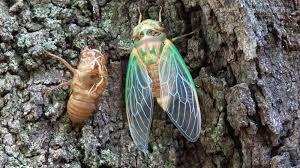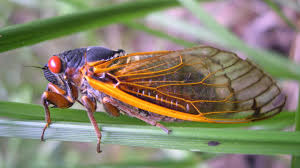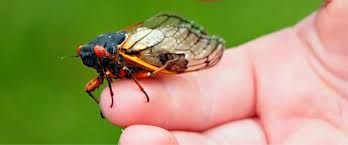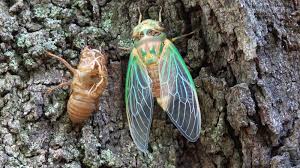
INDIANA – Billions of cicadas are set to surface in weeks as two different broods emerge simultaneously—one appearing every 13 years and another every 17 years.

The rare emergence of both broods hasn’t been seen in the US since Thomas Jefferson was president — and won’t happen again until 2245.

“It’s rare that we see this size of double brood emergence,” said Dr. Jonathan Larson, an extension entomologist and assistant professor at the University of Kentucky. “We’re talking about an absolute oddity of nature, one of America’s coolest insects.”

This spring’s periodical cicadas will appear sometime in mid-May in the Midwest and Southeast.
This spring’s periodical cicadas will appear when the soil temperature eight inches (20 centimeters) deep reaches 64 degrees Fahrenheit (about 18 degrees Celsius). It will likely happen sometime in mid-May. The individual bugs’ adult life cycles are just a few weeks, but their emergence will be staggered, so there will be about six weeks of cicadas.
“That month-and-a-half period will be jam-packed with loud singing, mating, and dying, like “the most macabre Mardi Gras that you’ve ever seen,” Dr. Larson added.

Though the idea of a cicadapocalypse may seem foreboding, experts predict that the two broods won’t overlap significantly, and the bugs themselves, while loud and numerous, are harmless.
Cicadas won’t bite or sting you or your pets. If your dog eats a cicada or two, Dr. Larson said, the animal will be just fine.
Dogs aren’t the only ones tempted to eat cicadas; people have eaten them for thousands of years.
“They have a natural, sweet nut flavor,” Larson said.
If you’re allergic to shellfish, you should avoid eating cicadas — a protein in shellfish that’s tied to allergies and is also present in many insects.



